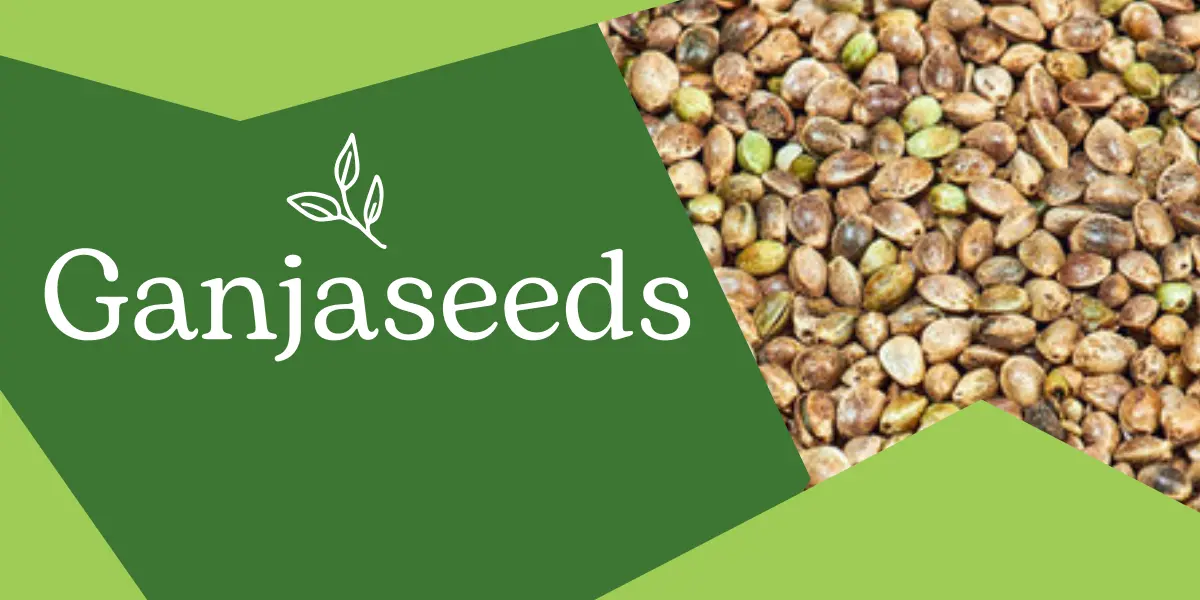Ganjaseeds, also known as cannabis seeds, are the foundation of cannabis cultivation. These tiny powerhouses are essential for growing cannabis plants, which can be used for a variety of purposes, including medical, recreational, and industrial applications. In this comprehensive guide, we will delve into the intricacies of ganjaseeds, exploring their types, germination process, cultivation techniques, and much more. Whether you are a novice grower or an experienced cultivator, this article will provide you with valuable insights to enhance your cannabis cultivation journey.
Types of GanjaSeeds
Regular Seeds
Regular seeds are the most natural form of ganjaseeds. They are produced by pollinating a female cannabis plant with male pollen. As a result, they can grow into either male or female plants. Regular seeds are ideal for breeders who want to experiment with creating new strains, as they allow for the possibility of producing seeds with unique genetic characteristics.
Feminized Seeds
Feminized seeds are specifically bred to eliminate male chromosomes, ensuring that all the plants grown from these seeds are female. Female plants are preferred for cultivation because they produce buds rich in cannabinoids, which are the primary compounds responsible for the effects of cannabis. Feminized seeds simplify the growing process by eliminating the need to identify and remove male plants.
Autoflowering Seeds
Autoflowering seeds are designed to switch from the vegetative stage to the flowering stage automatically, regardless of the light cycle. This characteristic makes them highly suitable for novice growers and those with limited space or time. Autoflowering seeds generally have a shorter growth cycle, allowing for quicker harvests.
CBD Seeds
CBD seeds are bred to produce cannabis plants with high levels of cannabidiol (CBD) and low levels of tetrahydrocannabinol (THC), Also CBD is known for its therapeutic properties and is used to treat various medical conditions such as chronic pain, anxiety, and epilepsy. These seeds are ideal for individuals seeking the medicinal benefits of cannabis without the psychoactive effects associated with THC.
Germination of GanjaSeeds
Germination is the critical first step in growing cannabis. Successful germination ensures that the seeds sprout and develop into healthy seedlings. Here’s a step-by-step guide to germinating ganjaseeds:
- Soaking the Seeds: Start by soaking the seeds in distilled water for 12-24 hours. This helps to soften the seed coat and encourages the seeds to absorb water, initiating the germination process.
- Paper Towel Method: Place the soaked seeds between two damp paper towels. Keep the towels moist but not soaking wet. Place them in a dark, warm place (around 70-85°F or 21-29°C).
- Checking for Sprouts: Within 1-7 days, the seeds should sprout a taproot. Once the taproot is about ¼ to ½ inch long, the seeds are ready to be planted.
Cultivation Techniques
Indoor vs. Outdoor Growing
Indoor Growing: Indoor cultivation provides growers with complete control over the growing environment. By using grow lights, temperature control, and humidity regulation, growers can optimize conditions for the plants. Indoor growing allows for year-round cultivation and can produce high-quality buds. However, it requires a significant investment in equipment and energy.
Outdoor Growing: Outdoor cultivation relies on natural sunlight and environmental conditions. It is less expensive than indoor growing but is subject to weather variations and pests. Outdoor plants can grow larger and produce higher yields, but the quality of the buds can be influenced by the outdoor environment.
Soil vs. Hydroponics
Soil Cultivation: Growing cannabis in soil is the most traditional method, and Soil provides a natural medium that supports the plant’s roots and supplies essential nutrients. Organic soil mixtures can enhance the flavor and aroma of the buds. However, soil can harbor pests and diseases, which require careful management.
Hydroponics: Hydroponic systems grow plants in a nutrient-rich water solution without soil. This method allows for precise control of nutrient delivery and can result in faster growth and higher yields. Hydroponic systems can be complex and require careful monitoring, but they are ideal for growers seeking maximum efficiency.
Nutrient Management
Cannabis plants require a balanced diet of macronutrients (nitrogen, phosphorus, potassium) and micronutrients (calcium, magnesium, iron). Nutrient deficiencies or excesses can impact plant health and yield. Commercially available nutrient solutions are formulated to meet the specific needs of cannabis at different growth stages.
Harvesting and Curing
When to Harvest
Timing is crucial when it comes to harvesting cannabis. The optimal harvest time is when the trichomes on the buds are milky white with some amber coloration. This indicates peak cannabinoid production. Harvesting too early can result in lower potency while harvesting too late can degrade the cannabinoids.
Harvesting Process
- Cutting the Plants: Use sharp scissors to cut the branches from the main stem.
- Trimming the Buds: Remove the large fan leaves and trim the sugar leaves surrounding the buds. This improves the appearance and quality of the buds.
- Drying: Hang the trimmed branches upside down in a dark, well-ventilated room. Maintain a temperature of 60-70°F (15-21°C) and humidity of 45-55%. Drying usually takes 7-10 days.
Curing
Curing is a crucial step that enhances the flavor, potency, and smoothness of the buds. Place the dried buds in airtight glass jars, opening the jars daily for the first two weeks to release moisture. Afterward, open the jars less frequently. The curing process can take 2-4 weeks or longer for optimal results.
Conclusion
Ganjaseeds are the cornerstone of cannabis cultivation, offering a diverse range of options for growers of all levels. By understanding the different types of seeds, mastering the germination process, and employing effective cultivation techniques, growers can achieve successful harvests and high-quality cannabis. Whether growing for medical, recreational, or industrial purposes, the knowledge shared in this guide provides a comprehensive foundation for anyone embarking on the journey of cannabis cultivation.



